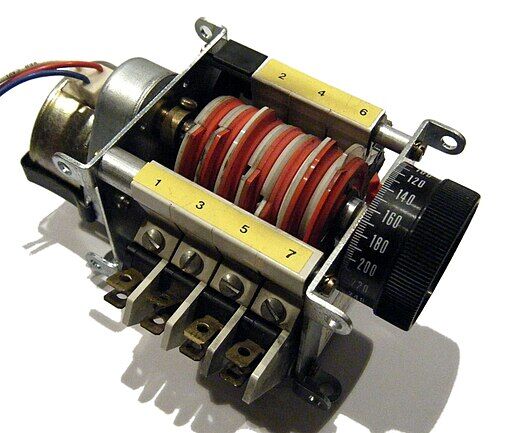Introduction
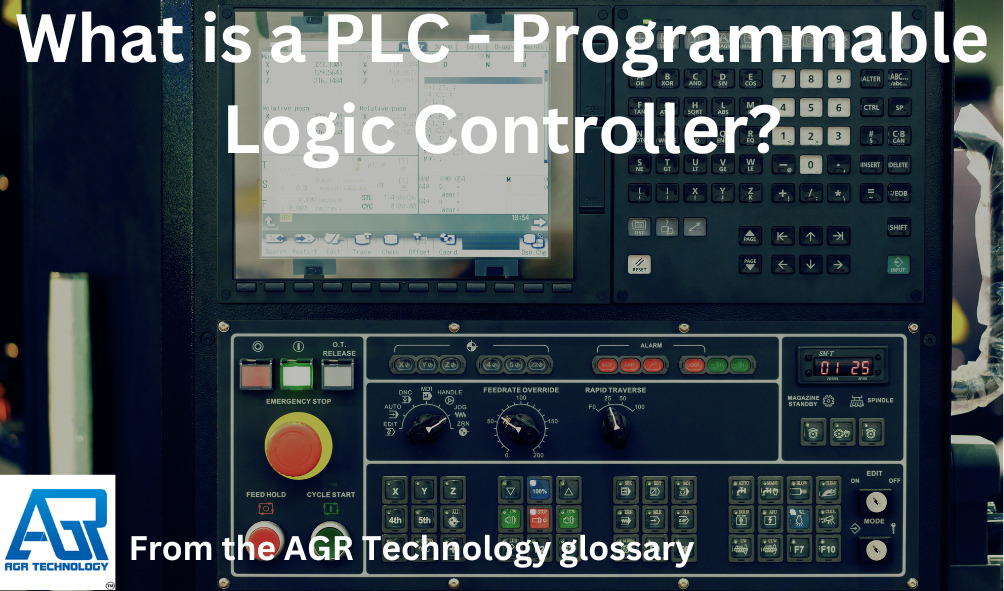
A programmable logic controller or PLC for short is a type of ruggedized and adaptable industrial computer used to control manufacturing processes. Dick Morley is regarded as the father of PLC because he invented the first PLC, the Modicon 084, in 1968 for General Motors. PLCs can range in size from small modular devices with tens of I/O to big rack-mounted modular devices with thousands of I/O.
They can be configured for a variety of digital and analog I/O configurations, extended temperature ranges, electrical noise immunity, and vibration and impact resistance. Software developers can design programs that control machine functions that are often stored in non-volatile or battery-backed memory.
PLCs were first created in the automobile industry to replace hard-wired relay logic systems with flexible, durable, and easily programmable controllers. Since then, they’ve been popular as high-reliability automation controllers for hostile settings and a critical component of industrial machines that from around the world such as those sourced from China and the USA. A PLC is an example of a hard real-time system since output results must be delivered in a restricted period in response to input conditions, or else unexpected operation may occur.
Some background history
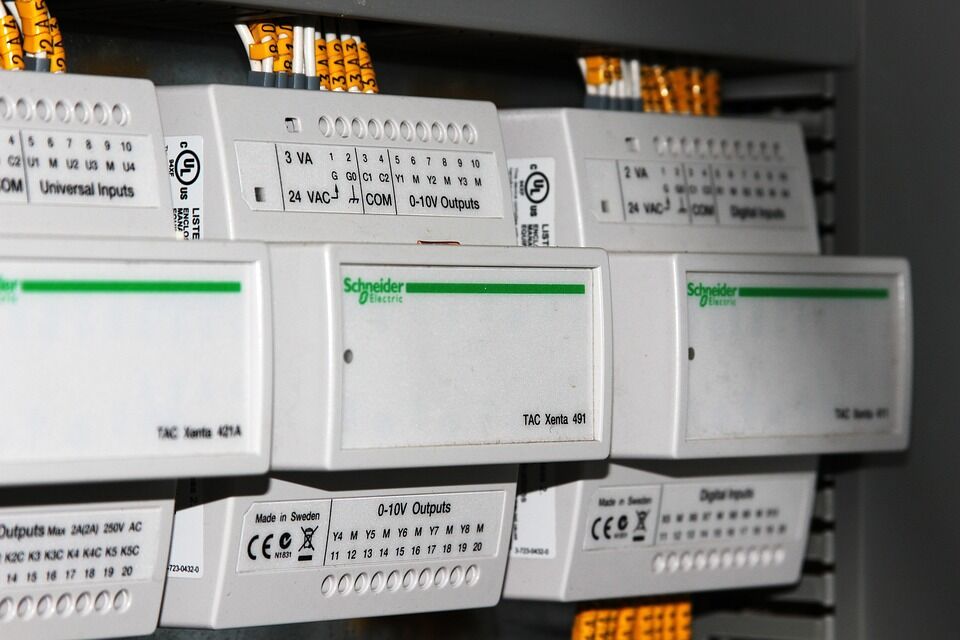
PLCs were developed in the late 1960s in the automotive industry in the United States to replace relay logic systems. Previously, factory control logic was mostly comprised of relays, cam timers, drum sequencers, and dedicated closed-loop controllers. Changes would necessitate rewiring and careful documentation updating.
When general-purpose computers first became accessible, they were unreliable and necessitated the use of specialized programmers as well as stringent control over working circumstances. The PLC outperformed preceding automation systems in various ways, including being more dependable, smaller, and requiring less maintenance than relay systems.
It could be simply expanded with additional I/O modules, whereas relay systems required complex hardware changes in the event of reconfiguration. It was more user-friendly than computers that used general-purpose programming languages and could be monitored. Early PLCs were programmed in ladder logic, which closely resembled a relay logic schematic diagram.
Example of vendors & some background information on each
Modicon
![]()
GM Hydramatic (General Motors’ automatic transmission division) issued a request for proposals in 1968 for an electronic substitute for hard-wired relay systems. Bedford Associates of Bedford, Massachusetts, won the competition, and the first PLC, known as the 084, was produced in 1969. Bedford Associates founded Modicon, a firm dedicated to developing, manufacturing, selling, and supporting this innovative product.
Dick Morley is regarded as the “Father” of the PLC, and the Modicon trademark was sold to Gould Electronics in 1977, and then to Schneider Electric. Modbus, a data communications protocol developed by Modicon for use with its PLCs, has subsequently become a standard open protocol widely used to connect numerous industrial electrical devices.
One of the earliest 084 models constructed is presently on display at Schneider Electric’s North Andover, Massachusetts facility, and was handed to Modicon by GM when the unit was retired after nearly two decades of continuous operation.
Allen-Bradey

Rockwell Automation owns the Allen-Bradley brand of factory automation equipment. It makes programmable logic controllers (PLCs), human-machine interfaces (HMIs), sensors, safety components and systems, software, drives and drive systems, contactors, motor control centers, and such production systems.
Rockwell Automation’s headquarters are in Milwaukee, Wisconsin, and the Allen-Bradley Clock Tower is a Milwaukee landmark that houses the world’s largest four-sided clock. Dr. Stanton Allen and Lynde Bradley established the Compression Rheostat Company in 1903 with a $1,000 initial investment. It established a subsidiary in Galt, Ontario, Canada, in 1952, which now employs over 1000 people.
Programming early PLCs

Because early PLCs were incapable of graphical logic representation, it was expressed as a series of logic expressions in some kind of Boolean format. Ladder logic grew more popular as programming terminals improved because it was a recognizable format used for electro-mechanical control panels. There are other formats, such as state logic and Function Block, although they are not as common as ladder logic.
PLCs were programmed using proprietary programming panels or special-purpose programming terminals up until the mid-1990s, with specialized function keys representing the various logical elements of PLC software. Due to a shortage of memory capacity, software code was saved on cassette tape cartridges, and printing and documentation facilities were limited.
Over time, the PLC’s functionality has expanded to incorporate sequential relay control, motion control, process control, distributed control systems, and networking. Some current PLCs have data handling, storage, processing power, and communication capabilities comparable to desktop computers or All-in-ones.
However, due to their inferior stability and lack of deterministic logic execution, desktop computer controllers have not been widely adopted in heavy industries.
Desktop logic applications are used in less demanding and crucial scenarios, such as laboratory automation and small facilities.
They are built with durability in mind and have better tolerance built-in than most computers for things like dust, moisture, or heat as they are often installed in very demanding environments such as factories e.g. a fruit factory that is constantly wet.
PLC security

Whilst PLCs and related machine control systems are usually very safe from attacks due to them being offline or “air-gapped” meaning they are isolated from other networks or public-facing networks they are not 100% immune from malware and other types of threats.
Back in 2010 a computer worm called STUXNET infected industrial control systems used by Iran to enrich Uranium and altered the speed of centrifuges causing them to spin out of control and as a result destroyed many of them disrupting the factory.
This malware used what’s known as a zero-day exploit which targeted the exact machine manufacturer with a security vulnerability that hadn’t been discovered and fixed yet.
Comparing other control systems with PLCs
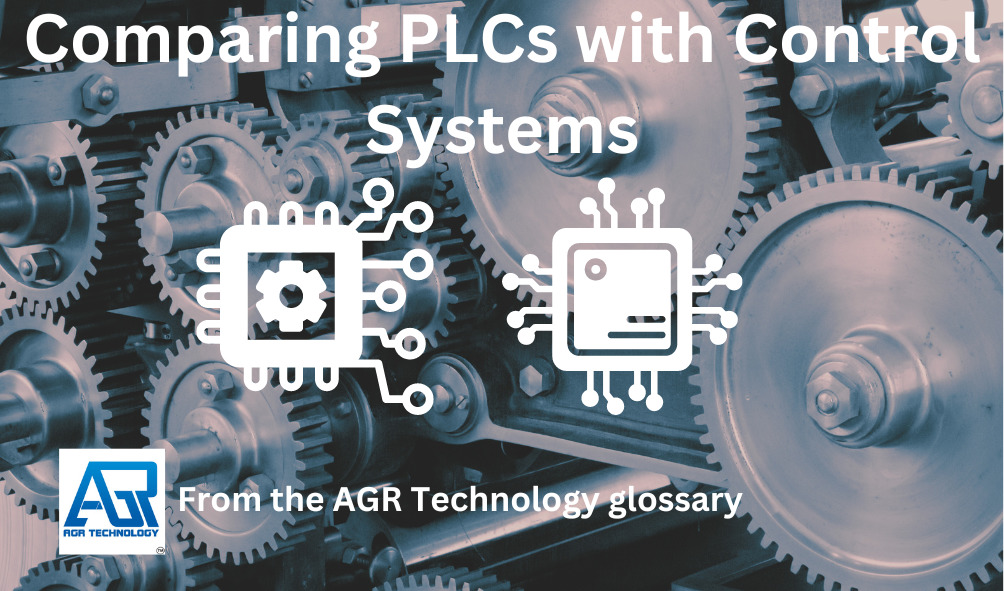
PLCs are well suited to industrial operations when designing and maintaining an automation system is expensive. They have input and output devices that are compatible with industrial pilot devices and controllers, and they need minimum electrical design.
Packaged PLCs are less expensive than custom-built controller designs, although customized control systems are less expensive due to lower component costs and non-recurring engineering charges.
PLC Chip / Embedded Controller
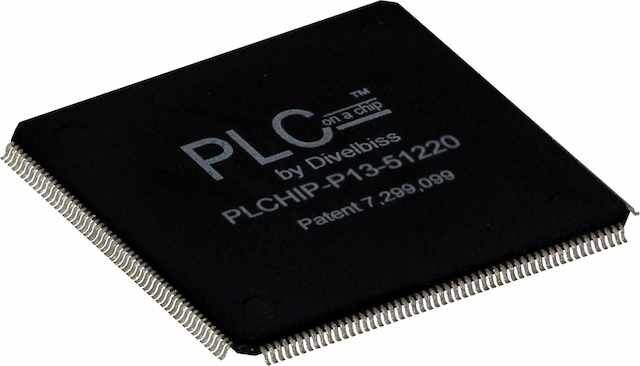
Cam timers
Different strategies are utilized for high-volume or extremely simple fixed automated tasks. A low-cost consumer dishwasher, for example, might be controlled by an electromechanical cam timer that would cost only a few dollars in production numbers.
Microcontrollers
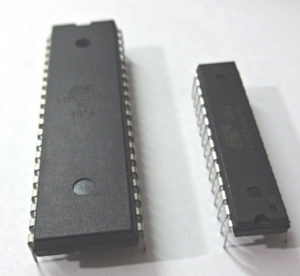
A microcontroller-based design would be appropriate where hundreds or thousands of units will be produced, allowing the development cost (design of power supplies, input/output hardware, and necessary testing and certification) to be spread across many sales, and where the end-user will not need to change the control.
For example, in the automotive industry, millions of units are manufactured each year, yet very few end-users change the programming of these controllers.
However, because the volumes are tiny and the development cost would be prohibitively expensive, some specialty vehicles, such as transit buses, employ PLCs instead of custom-designed controllers.
Single-board computers

The most important details in this text are that very complex process control, such as that used in the chemical industry, may require algorithms and performance that are beyond the capability of even high-performance PLCs, and that single-board computers with semi-customized or fully proprietary hardware may be used for very demanding control applications.
Soft PLCs running on desktop computers can communicate with industrial I/O hardware while running programs in a version of commercial operating systems tailored to process control requirements.
The growing popularity of single-board computers has also had an impact on PLC development. Traditional PLCs are generally closed platforms, although certain contemporary PLCs (for example, the groov EPIC from Opto 22, the ctrlX from Bosch Rexroth, the PFC200 from Wago, the PLCnext from Phoenix Contact, and the Revolution Pi) provide the functionality of open platforms.
PID Controller
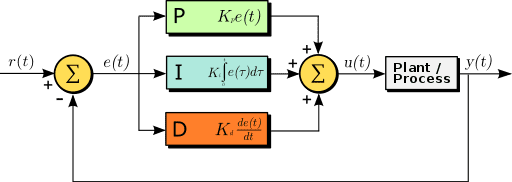
A PID controller is a device that regulates temperature, flow, pressure, speed, and other process variables in industrial control applications. PID controllers, which stand for proportional integral derivative, are the most accurate and reliable controllers that use a control loop feedback mechanism to control process variables.
PID control is a well-known method of pushing a system toward a desired position or level. It is widely used to control temperature and is used in a variety of chemical and scientific processes, as well as in automation. PID control employs closed-loop control feedback to maintain a process’s real output as close to the target or setpoint output as possible.
Programmable Logic Relays (PLR for short)

PLCs are utilized in light manufacturing where only a few points of I/O are required and cost-effectiveness is critical. PLCs are small devices built by multiple manufacturers in a common physical size and shape and branded by the makers of larger PLCs to fill out their low-end product range. They typically contain eight to twelve discrete inputs, four to eight discrete outputs, and up to two analog inputs.
They have a tiny postage stamp-sized LCD screen for viewing simplified ladder logic and I/O point status, as well as a 4-way rocker push-button and four more individual push-buttons. Most include a tiny connection for connecting to a computer via RS-232 or RS-485. PLRs, unlike ordinary PLCs, are often neither modular nor extensible, but their cost can be two orders of magnitude lower than a PLC while still providing strong design and deterministic execution logic.
The remote terminal unit (RTU) is a type of PLC that is utilized in remote locations. An RTU is a low-power, ruggedized PLC whose primary job is to manage the communications links between the site and the central control system (usually SCADA), or “The Cloud” in certain current systems.
To compensate for the decreased reliability, the RTU will buffer messages or switch to alternate communications channels, and each message will be timestamped. RTUs feature a wide range of I/O and are fully programmable, often using IEC 61131-3 languages.
It is usual in remote sites to employ an RTU as a gateway for a PLC, with the PLC providing all site control and the RTU managing communications, time-stamping events, and monitoring ancillary equipment.
On locations with only a few I/O, the RTU may also serve as the site PLC, performing both communications and control operations.
Conclusion
We hope you found this entry on our glossary to be helpful, if so be sure to check out other links below to more glossary pages as well as our blog which contains various technical content and resources.
Related content from our technology glossary:
ERP Software (Enterprise Resource Planning)
Source(s) cited by this article:
[Online]. Available at: https://www.wsj.com/articles/richard-morley-helped-bring-factories-into-the-computer-age-1510327800 (Accessed: 16 May 2023).
“Programmable logic controller.” Wikipedia. February 25, 2002. Accessed May 16, 2023. https://en.wikipedia.org/wiki/Programmable_logic_controller.
www.santaclarasystems.com/images/manufacturer/modicon.png. Accessed 16 May 2023.
“Allen-Bradley”, Wikipedia. 29-Apr.-2005. [Online]. Available: https://en.wikipedia.org/wiki/Allen-Bradley. [Accessed: 16-May-2023].
Automatización Industrial: Un poco sobre su Evolución e Historia timeline., (Dec. 16, 2019), https://media.timetoast.com/timelines/un-poco-sobre-la-evolucion-historica-de-la-automatizacion-industrial.
O. Engineering, (2019). What is a PID Controller? [Online]. Omega. Available at: https://www.omega.com/en-us/resources/pid-controllers (Accessed: 16 May 2023).
Fylip22, CC BY 3.0, via Wikimedia Commons
Accessed May 16, 2023. http://prorelay.tamu.edu/wp-content/uploads/sites/3/2018/03/Relay-Logic-programmed-examined_Final.pdf.
“Raspberry Pi Documentation” Compute Module hardware, www.raspberrypi.com/documentation/computers/compute-module.html. Accessed 16 May 2023. which may fall under the following:
https://creativecommons.org/licenses/by-sa/4.0/
https://creativecommons.org/licenses/by-sa/3.0/
Arturo Urquizo, CC BY-SA 3.0, via Wikimedia Commons
cdn.automationdirect.com/static/press/cdn.automationdirect.com/static/press/AD-Click-versus-Programmable-Relays-and-Timers-white-paper.pdf. Accessed 16 May 2023.
www.eaton.com/content/dam/eaton/markets/machinebuilding/optimize-machine-and-system-performance/images/EASY-E4-AC-12RC1P_LTP.jpg. Accessed 16 May 2023.
Vahid alpha at English Wikipedia, CC BY 3.0, via Wikimedia Commons
![logo-new-23[1] logo-new-23[1]](https://cdn-ihdfn.nitrocdn.com/eZVJvoSTyVixkEUySRKiaseNtUlmgCyu/assets/images/optimized/rev-0174fc5/agrtech.com.au/wp-content/uploads/elementor/thumbs/logo-new-231-qad2sqbr9f0wlvza81xod18hkirbk9apc0elfhpco4.png)
